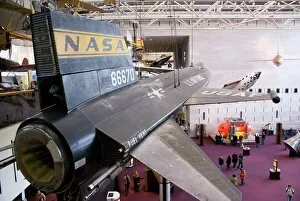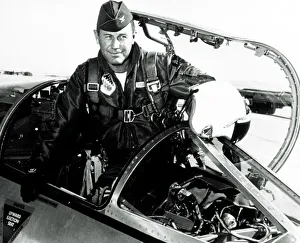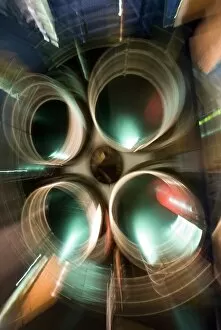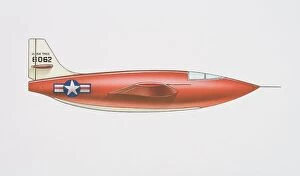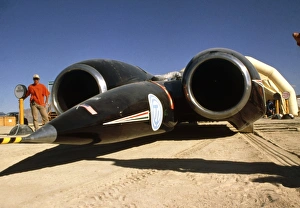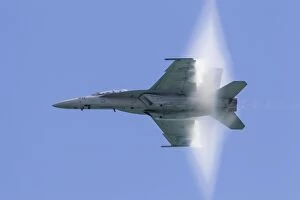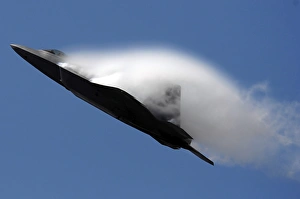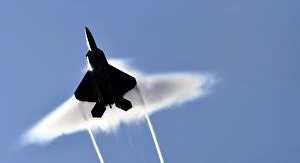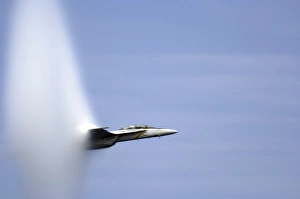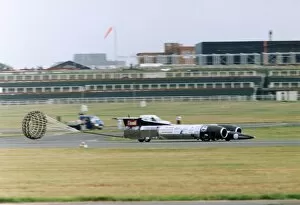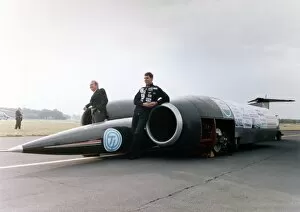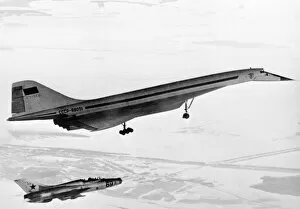Sound Barrier Collection
Breaking the Sound Barrier: A Journey into Supersonic Speed In the realm of aviation, few names resonate as strongly as Charles "Chuck" Yeager
All Professionally Made to Order for Quick Shipping
Breaking the Sound Barrier: A Journey into Supersonic Speed In the realm of aviation, few names resonate as strongly as Charles "Chuck" Yeager. This American pilot etched his name in history by shattering the sound barrier, forever changing our perception of what was possible in flight. It all began on October 14, 1947, when Yeager climbed aboard the Bell X-1 rocket plane and soared into the skies above California's Mojave Desert. As he pushed forward with unwavering determination, a thunderous boom reverberated through the air - a sonic boom that marked humanity's first supersonic flight. Captured in an iconic portrait is Chuck Yeager himself, a fearless aviator who fearlessly embraced new frontiers and pushed boundaries beyond imagination. His courage paved the way for future generations to explore uncharted territories at mind-boggling speeds. One such groundbreaking vehicle was Thrust SSC - the world's first supersonic car. Powered by rocket engines capable of propelling it faster than sound itself, this engineering marvel raced across desert landscapes like lightning unleashed upon Earth's surface. Not limited to just aircraft or land vehicles, NASA Armstrong Flight Research Center test pilots Jim "Clue" Less and Wayne "Ringo" took up their mantle as they ventured skyward with cutting-edge technology. Their daring exploits echoed those of Yeager as they sought to unravel mysteries hidden within Mach numbers and aerodynamic forces. The legacy continued with X-1A; its photo adorned with graphs showcasing Major Charles E. Yeager's incredible Mach 2 flight data. These visual representations served as testament to mankind's relentless pursuit of speed and exploration. At NACA High-Speed Flight Research Station stood another symbol of progress –the Bell Aircraft Corporation X-1-2 aircraft poised on its ramp ready for takeoff. It embodied both innovation and ambition; an embodiment that propelled us towards understanding what lies beyond conventional limits.


